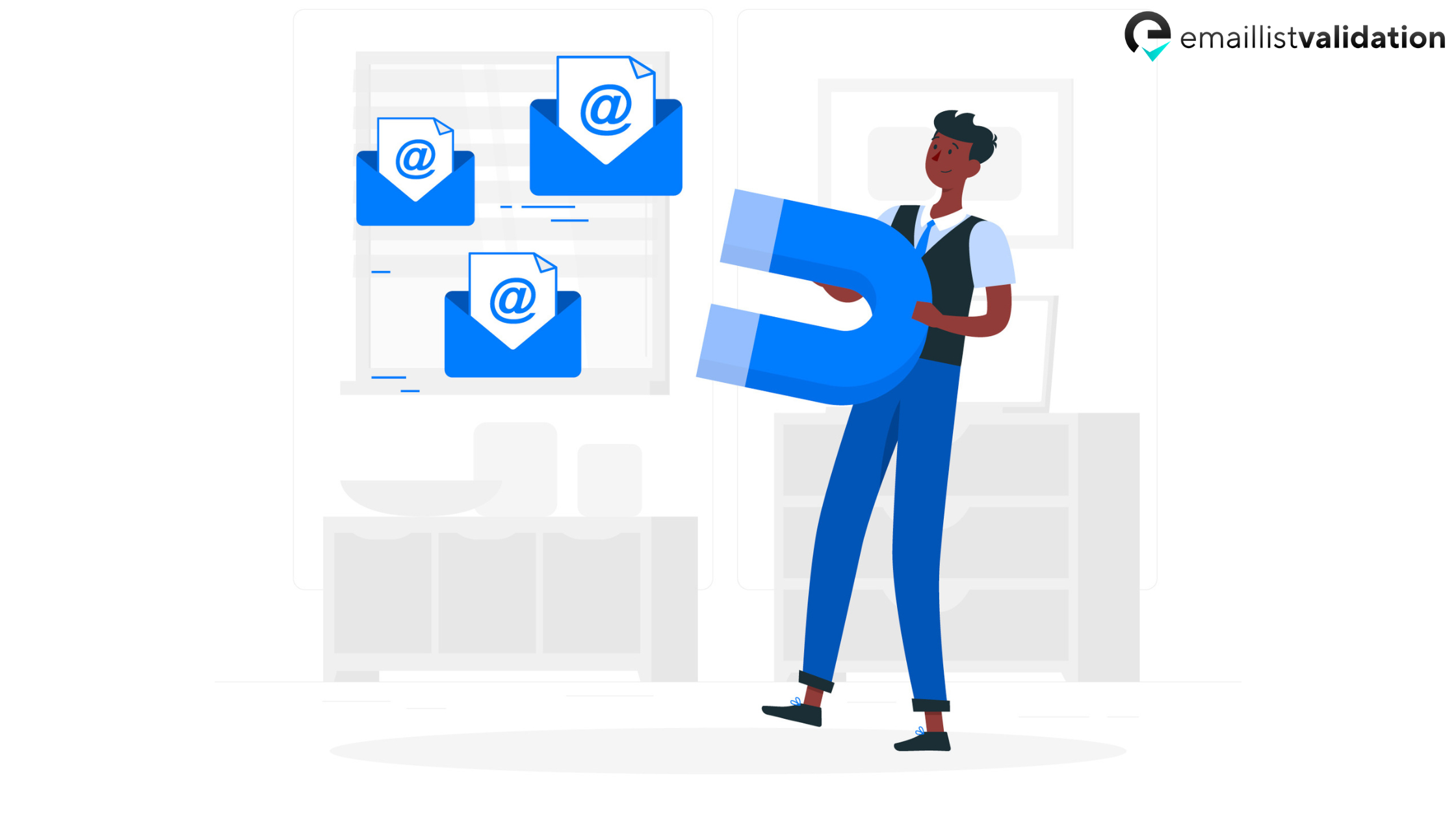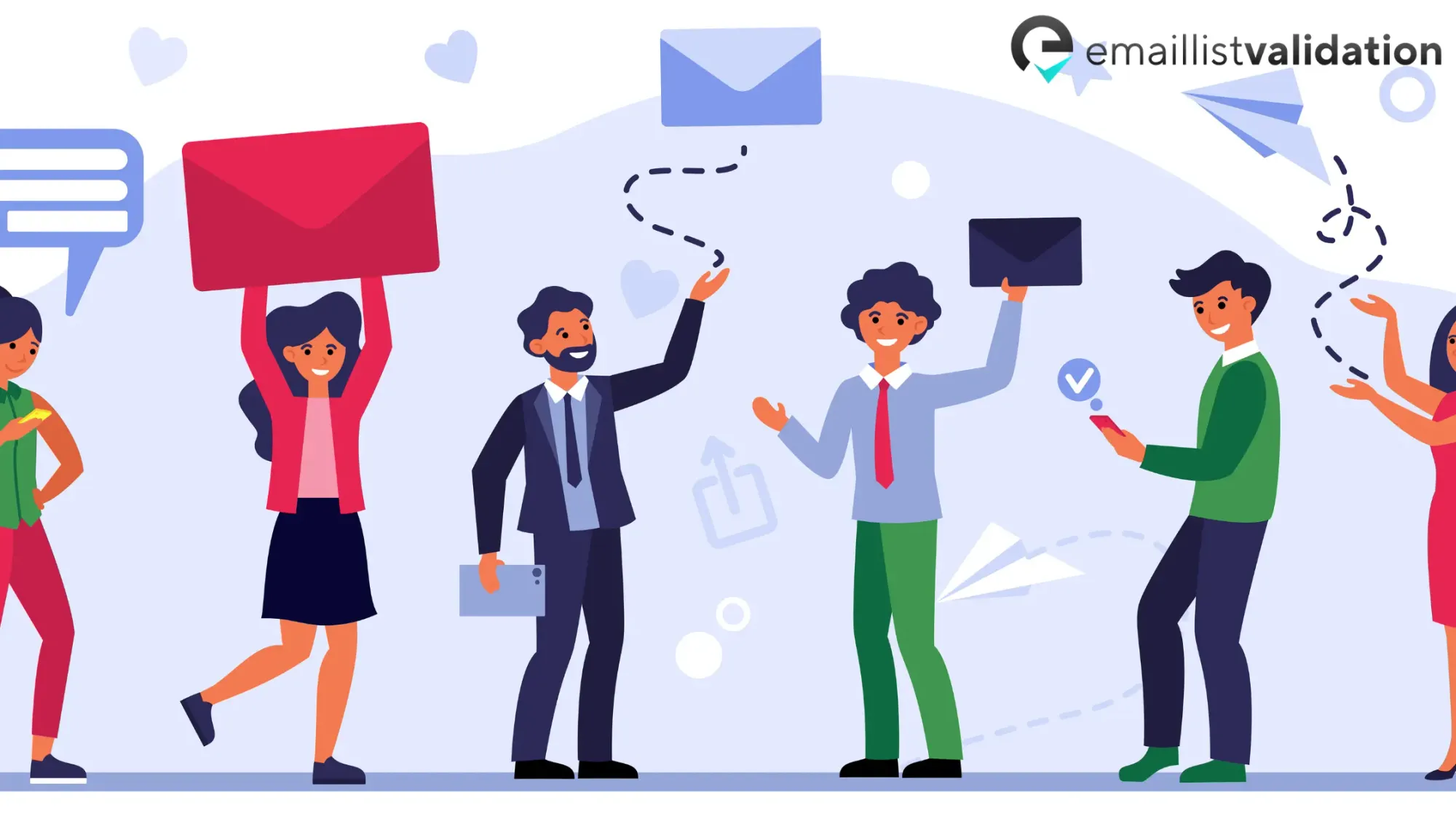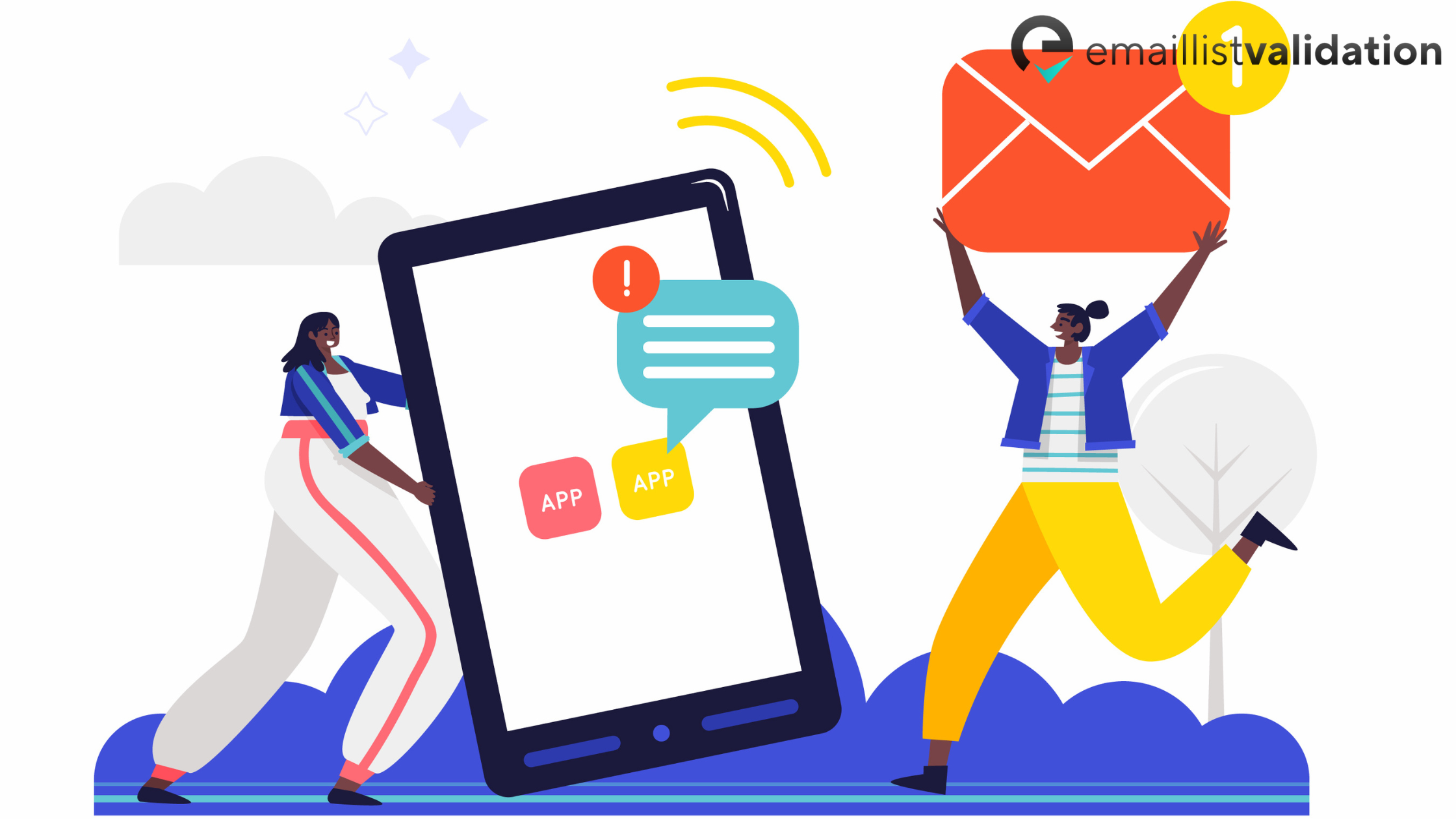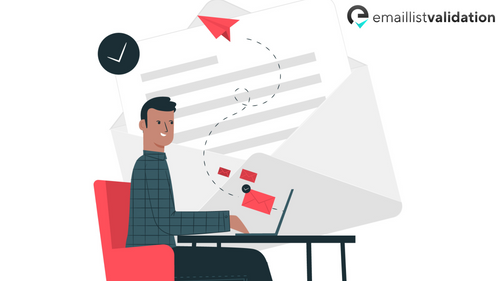Writing B2B emails can be a daunting task, especially if you're not sure where to start. However, with the right approach and a few key tips, you can create effective B2B emails that engage your audience and drive results. In this comprehensive guide, we'll cover everything you need to know about how to write B2B emails that get noticed and get results.
Understanding B2B Email Marketing

Before we dive into the specifics of how to write B2B emails, it's important to understand the basics of B2B email marketing. B2B email marketing is the practice of using email to communicate with other businesses. This can include everything from lead generation and nurturing to customer retention and upselling.
One of the key benefits of B2B email marketing is that it allows you to reach a large audience quickly and cost-effectively. However, to be successful, your emails need to be well-crafted and targeted to your audience's needs and interests.
Key Elements of a Successful B2B Email
There are several key elements that go into a successful B2B email. These include:
- Subject line: Your subject line is the first thing your audience will see, so it's important to make it attention-grabbing and relevant to your audience's needs.
- Opening: Your opening should be engaging and set the tone for the rest of your email.
- Body: The body of your email should be well-organized and easy to read, with a clear call to action.
- Closing: Your closing should reinforce your message and provide a clear next step for your audience.
- Signature: Your signature should include your name, title, and contact information.
Tips for Writing Effective B2B Emails

Now that you understand the key elements of a successful B2B email, let's dive into some tips for writing effective B2B emails:
1. Know Your Audience
The first step in writing effective B2B emails is to know your audience. This means understanding their needs, pain points, and interests. The more you know about your audience, the better you can tailor your emails to their specific needs and interests.
2. Keep it Short and Sweet
B2B audiences are busy, so it's important to keep your emails short and to the point. Stick to one main message per email and use short paragraphs and bullet points to make your content easy to scan.
3. Use a Conversational Tone
B2B emails don't have to be dry and formal. In fact, using a conversational tone can help you connect with your audience and make your emails more engaging. Use language that is easy to understand and avoid jargon and buzzwords.
4. Personalize Your Emails
Personalization is key to effective B2B email marketing. Use your audience's name and company name in your emails, and tailor your content to their specific needs and interests.
5. Use a Clear Call to Action
Your B2B emails should always include a clear call to action. This could be anything from downloading a whitepaper to scheduling a demo. Make sure your call to action is easy to find and stands out from the rest of your content.
6. Test and Optimize Your Emails
Finally, it's important to test and optimize your B2B emails to ensure they are as effective as possible. This could include A/B testing subject lines, testing different calls to action, and analyzing your email metrics to see what's working and what's not.

Commonly Asked Questions About How to Write B2B Emails
What is the best time to send B2B emails?
The best time to send B2B emails depends on your audience and their habits. Generally, mid-week and mid-day tend to be the most effective times to send B2B emails, but it's important to test and analyze your email metrics to see what works best for your audience.
How often should I send B2B emails?
The frequency of your B2B emails depends on your audience and your goals. Some businesses send emails daily, while others send them weekly or monthly. It's important to find a frequency that works for your audience and provides value without overwhelming them with too many emails.
What should I include in my B2B email signature?
Your B2B email signature should include your name, title, company name, and contact information. You may also want to include links to your social media profiles or a call to action.
How can I make my B2B emails more engaging?
To make your B2B emails more engaging, try using a conversational tone, personalizing your content, and including visuals like images or videos. You can also try using humor or storytelling to make your emails more memorable.
What metrics should I track to measure the success of my B2B emails?
Some key metrics to track when measuring the success of your B2B emails include open rates, click-through rates, conversion rates, and unsubscribe rates. By analyzing these metrics, you can see what's working and what's not and make adjustments to improve your email marketing strategy.
Conclusion
Writing effective B2B emails takes time and effort, but with the right approach and a few key tips, you can create emails that engage your audience and drive results. Remember to keep your emails short and to the point, use a conversational tone, and personalize your content to your audience's needs and interests. By testing and optimizing your emails, you can continually improve your email marketing strategy and achieve your business goals.



